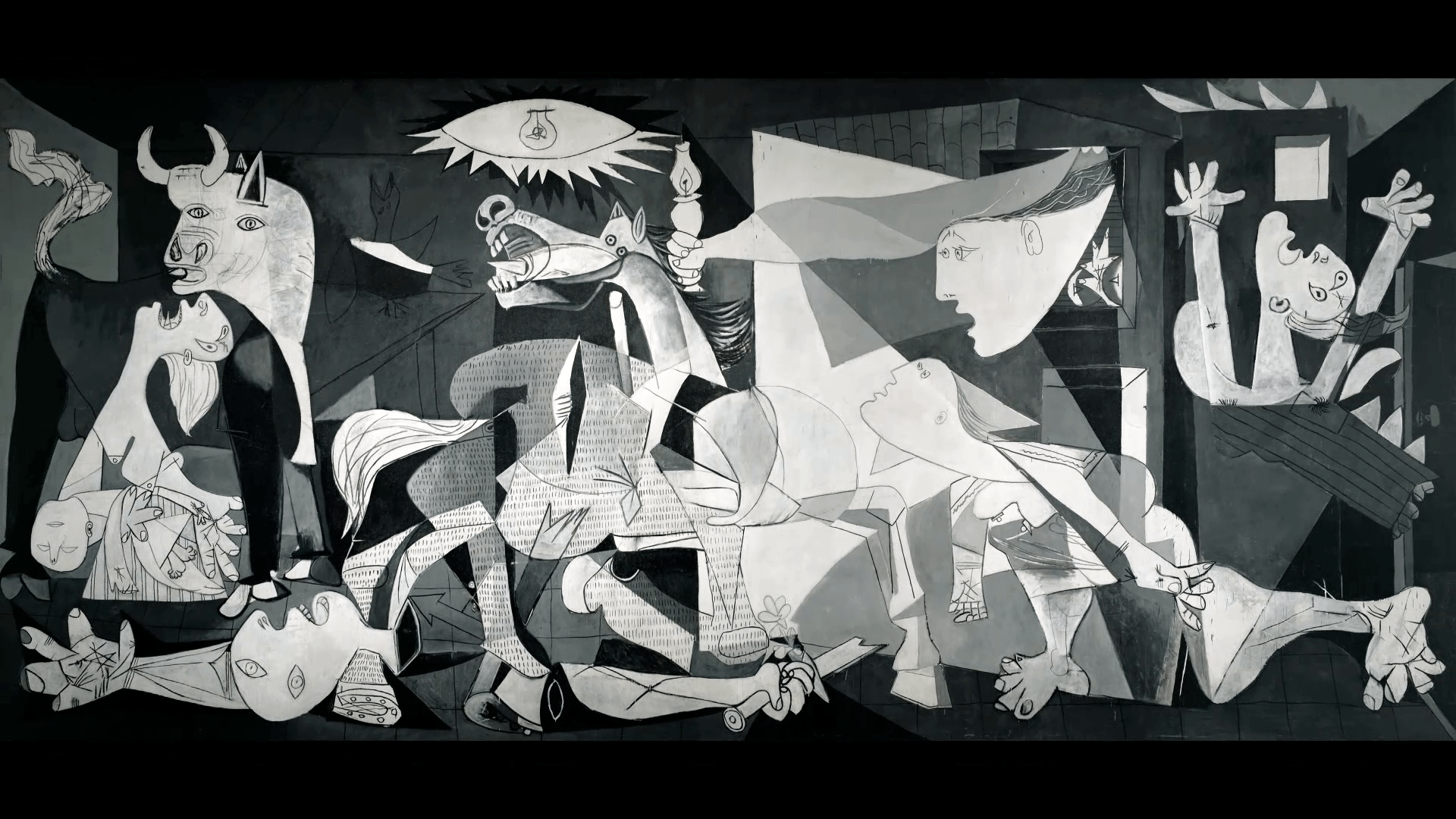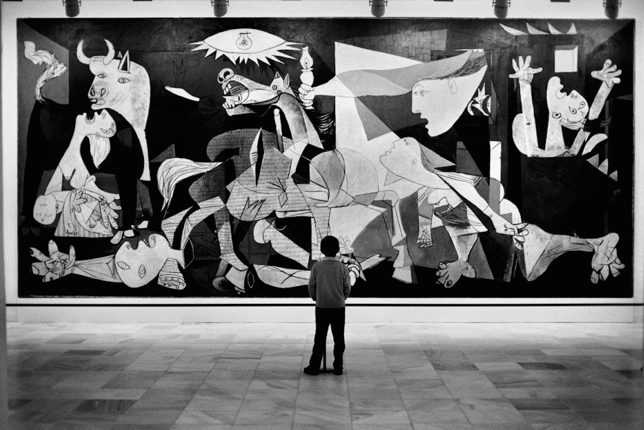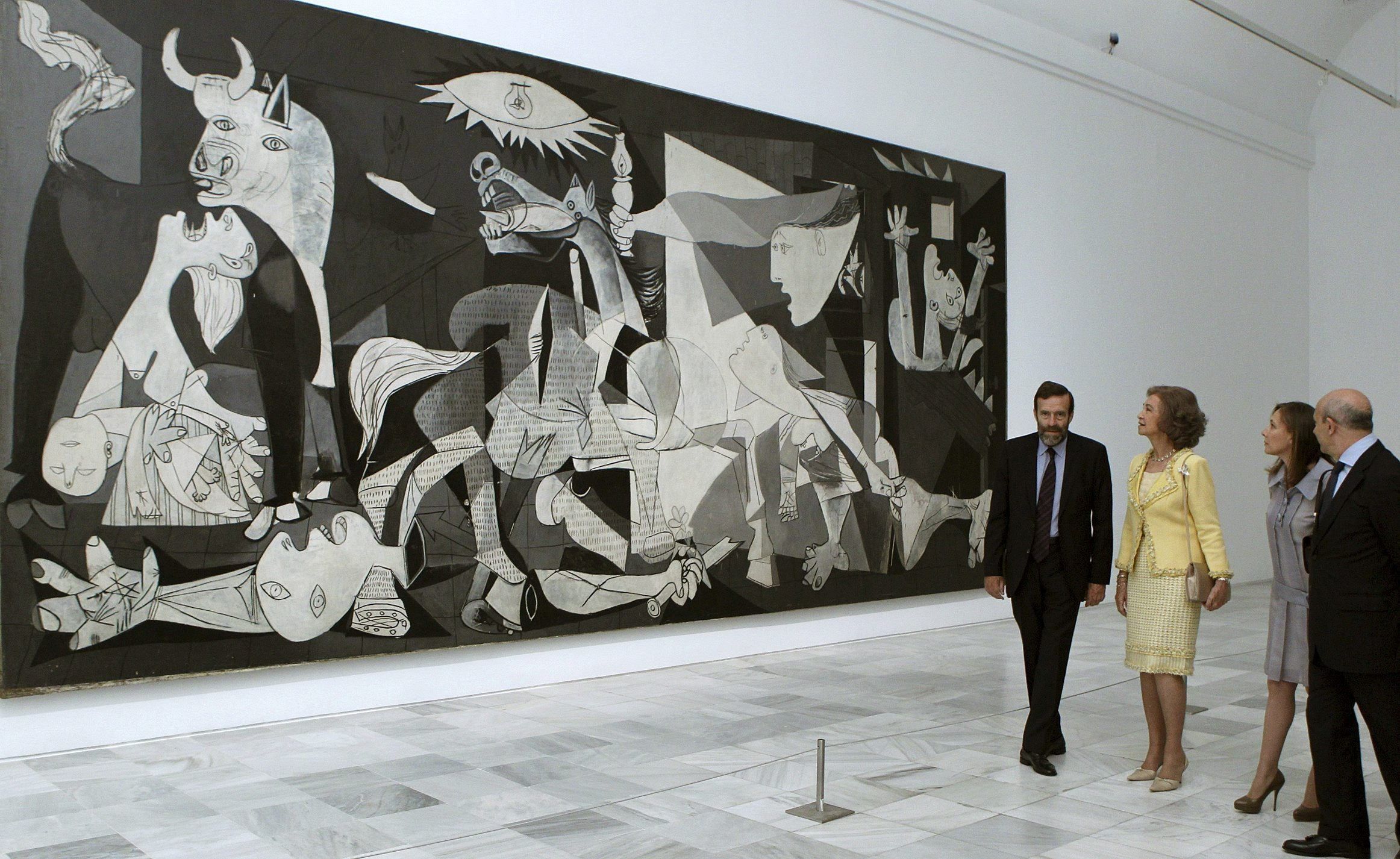John Ehlers
Tag Archives: Ukraine
Historian Timothy Snyder reveals the moment’s urgency pending a meeting in Munich on the Ukraine-Russian War

Ukranian soldiers disembark from a tank. Kyodo News
Timothy Snyder’s historically-informed essay is easily the most insightful writing I’ve read on the political and World War implications for appeasement of Russia, which Trump is moving heedlessly towards. Appeasement of Germany in Czechoslovakia in 1938 led to World War II. Please read this to gain understanding of where we’re now situated. Then perhaps contact one of your representatives to help send a message, at the very least.

Russia is not America’s ally. Trump and Putin in Helsinki in 2018. Brookings Institute.
Pianist Lynne Arriale returns to Milwaukee with an inspired new album, Being Human

Lynne Arriale Trio will perform at Bar Centro, 808 E. Center St., Thursday, March 14 at 8 p.m., $25
Lynne Arriale continues to grapple with the world, and uplifts it, with her immense gifts and passion. The pianist-composer has proven herself among the most socially and politically engaged jazz musicians working today. On her new album Being Human, she stays true to her piano’s voice whereas previously employing a vocalists to sing an iconic Bob Dylan song to powerful effect. Now she returns to her hometown, Milwaukee, where she studied, and grew as an artist before striking out for larger pastures.
On Being Human she continues her practice of dedicating certain tunes to people of notable political import. Thus, we’re urged to contemplate such people as environmental activist Gret Thunberg, Pakistani activist Malala Yousafzai, Khrystyna Lopatenko, chief nurse at Kharkiv Oblast Hospital, the Ukrainian people and, more broadly, humankind and “those of faith.”
Her liner notes specify how she sees such people as meaningful and worthy of our consideration. And yet her work allows us the freedom to respond in any way we want as per the stimulus of her trio’s work, which fills the auditory senses as much as a piano trio can. The piano trio is a specific art form honed to heights of mastery by The Bill Evans Trio and Arriale carries on from such lofty standards. She mines in an affirmative jazz without lyrics but so full of spirit and both refined and rough-hewn musical gemstones gritted with shards of life to appreciate and feel. For example, Courage (for the Ukraine people) delves into the weight needed to muster that emotion and strength with a big Tyner-ish piano bass beneath muscular yet lyrical trappings. The theme’s minor-ish mood delivers the emotion instilled in “courage.”
No social cause is more pressing today than that of Ukraine, “remaining unbowed while resisting a vastly more powerful enemy, they stand in solidarity with their military forces, even while enduring the horrors and hardships of war,” writes Arriale. “Persistence” is powered by Arriale’s meaty McCoy Tyner influence, thundering along, raining fourth intervals, clearly inspired by Yousafzai, the youngest person to ever win the Nobel Peace Prize, having survived The Taliban’s attempt to assassinate her.
One of the most intriguing tunes, “Curiosity,” defers from affirmation, bristles with tension and release, thick, piquant chords, and tight harmonies between her and bassist Alon Near, even atonal lines.
Though she is most typically a finely-crafting player with an innate sense of lyricism, a tune like “Soul” digs down into the muddy blues groove of a trio driving a layered and danceable pulse.
You can help but sense how far Arriale travels musically to discover the width and depth of human determination and courage in a world ever ready in defiance.
Picasso’s “Guernica” speaks to our times with mortal cries


Pable Picasso, “Guernica,” 1937, 3.5 meters (11 feet tall), by 7.5 meters (25.6 feet wide)
__________.
There is a signpost up ahead…
No, it’s much bigger than a signpost. It’s Picasso and his “Guernica,” a cry to the heavens for the horror of inhumanity on earth. Back after the world war that his great mural painting signified, they had said “never again!”
Again, decades later, we face bloody war crimes, in Ukraine and perhaps in both Israel and Palestine. These troubled times call for cultural signifiers to spur enlightenment and activism that inflame power and passion towards righteousness. I recently posted a blog about the Door County Candle Company, which has manufactured countless candles with the Ukrainian colors, with all proceeds going toward humane support for Ukraine, administered by Razom for Ukraine, a Ukrainian 501 (c)(3) organization. It’s a way to concretely help the people survive, and to hold a flame of support. To date, the candles have raised over $1 million.
But this blog is about raising consciousness, in my humble way, whenever possible.
History is perpetually our guide; thus, we might best look back to the extraordinary imagery of Picasso’s mural painting “Guernica.” It remains a visual epic about the first time that civilians were ever mass-murdered by air warfare in 1937.

And oh, how our current times echo death cries across ravaged homes and cites, down the desolate hallways of history. For that, Russia’s Vladimir Putin stands facing the wind, and judgement’s coldest eye.
No work of modern art, and perhaps none in history, has conveyed such powerful war experience as has “Guernica,” though Goya’s war paintings come to mind. The current war prompted me to delve back into Picasso’s War: The Destruction of Guernica, and the Masterpiece that Changed the World by Russell Martin. 1 Aside from powerful descriptions of the making of “Guernica,” Martin’s book brilliantly encompasses the cold-blooded shamelessness of Spanish dictator Francisco Franco, and the Nazi commanders who led the Luftwaffe air forces, and watched, from a safe distance, the destruction of the ancient Basque town.
The book delves into horrifying details of the ruthlessness of Nazi airplane pilots. As one survivor recalls “from the ground I saw a woman I knew, a neighbor, stand up and shout into the sky, ‘You bastards, there are innocent people down here!’ A plane dove toward her, and I could see the pilot, his face. And I’ll never forget his horrible goggles. Tat-tat-tat-tat! He killed her with his machine gun. I made it to the woods, where we waited three and a half hours.”
Later, “when I was brave enough to walk home…Our farm was destroyed. They had bombed our farm, our farm, and we were left with nothing.”
Lord knows, comparable stories have played out recently in Ukraine many times over.
As for the proper role of art, Picasso explored a vast array of visions, techniques and styles over his long, protean career. But when times called for it, he declared:
“What do you think an artist is? An imbecile who has only eyes, if he is a painter?…
No, painting is not done to decorate apartments. It is an instrument of war.”
Even more famously, he recounted to Newsweek magazine the day when a German army officer had recognized a sketch of “Guernica” pinned to the wall of his studio. The officer had asked him, “Did you do that?”
Picasso coldly had replied, “No, you did.”
______________
1 Russell Martin, Picasso’s War: The Destruction of Guernica, and the Masterpiece that Changed the World, Dutton, 2002, 44

